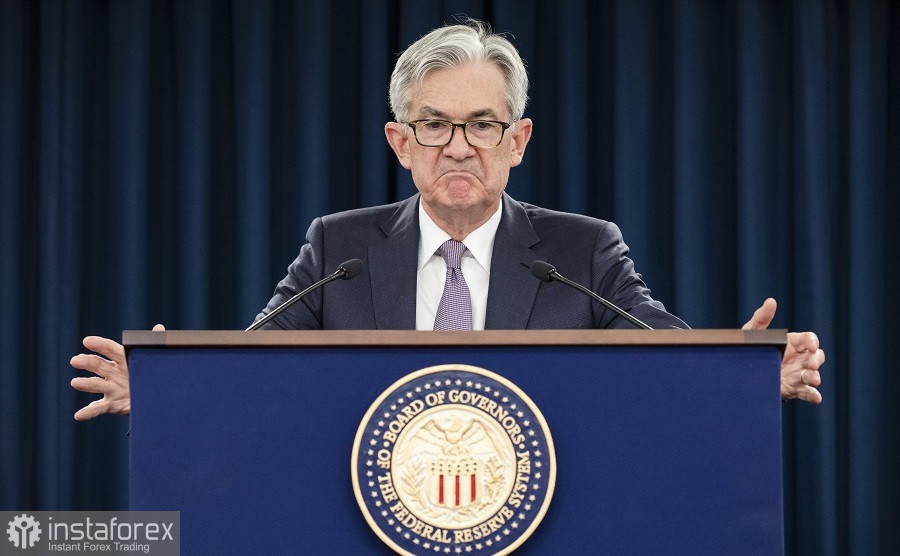
The discussion will include the widely criticized proposal by the Federal Reserve to increase capital requirements for large banks. However, the cost of borrowing will also be an important issue on the agenda.
Since July 2023, the Fed has maintained interest rates at their highest level in the last two decades, making access to credit increasingly difficult for many Americans. This affects purchases of homes and cars, not to mention servicing credit card debt.
Lately, Democrats have sharply criticized Powell's actions. Senators Sherrod Brown and Elizabeth Warren have called on the Fed's head to lower interest rates soon, arguing that there is no longer a need for such a strict approach. Although recent inflation data suggest otherwise, many dovish policymakers consider the inflation spike to be temporary.
It is clear that even against the backdrop of slowing economic growth, the Fed is in no hurry to make changes to interest rates. The labor market remains strong, and the monthly inflation rate in January this year was much higher than economists' expectations. Persistent concerns about price pressure have rallied central bank representatives who are convinced that additional evidence is needed that inflation is firmly moving towards the 2% target before starting a cycle of lowering interest rates.
Some experts note that the longer the Fed delays the rate cut, the higher the chances that they will be lowered by the November presidential elections, which are almost certain to be a rematch between President Joe Biden and former President Donald Trump.
While Fed representatives have repeatedly stressed that their decisions were independent of politics, lowering interest rates closer to election day could lead to sharp criticism of the Central Bank's work from Trump and the Republicans. Obviously, lowering rates at the time of presidential elections would benefit the Democrats and Biden, which they will surely take advantage of.
As for the euro/dollar pair, demand for the euro persists after a series of weak statistics from the US. Now, bulls need to think about how to push the price to 1.0875. This will allow them to test 1.0900. From there, the pair may reach 1.0930, but doing so without support from major players will be quite challenging. The next target is the peak of 1.0965. If the trading instrument declines to 1.0835, I expect some serious actions from major buyers. If they do not take action, it would be wise to wait for the pair to hit the low of 1.0790, or to open long positions from 1.0760.
As for the pound/dollar pair, bulls need to drag the price to the nearest resistance at 1.2730 to start an uptrend. This will allow them to target 1.2770, above which it will be quite difficult to break through. The next target is the area of 1.2800, after which we can talk about a more rapid surge to 1.2830. In case of a decline, bears will try to take control over 1.2690. If they succeed, breaking through this range may push the pair towards the low of 1.2660 with the perspective of reaching 1.2630.





















